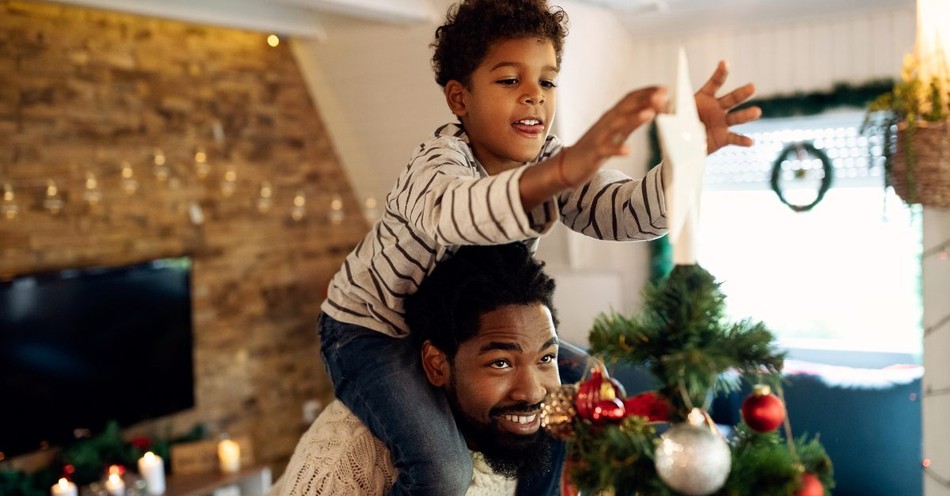Leviticus 14:1-32
141 And the Lord said to Moses, 2 "The following instructions are for those seeking ceremonial purification from a skin disease. Those who have been healed must be brought to the priest, 3 who will examine them at a place outside the camp. If the priest finds that someone has been healed of a serious skin disease, 4 he will perform a purification ceremony, using two live birds that are ceremonially clean, a stick of cedar, some scarlet yarn, and a hyssop branch. 5 The priest will order that one bird be slaughtered over a clay pot filled with fresh water. 6 He will take the live bird, the cedar stick, the scarlet yarn, and the hyssop branch, and dip them into the blood of the bird that was slaughtered over the fresh water. 7 The priest will then sprinkle the blood of the dead bird seven times on the person being purified of the skin disease. When the priest has purified the person, he will release the live bird in the open field to fly away. 8 "The persons being purified must then wash their clothes, shave off all their hair, and bathe themselves in water. Then they will be ceremonially clean and may return to the camp. However, they must remain outside their tents for seven days. 9 On the seventh day they must again shave all the hair from their heads, including the hair of the beard and eyebrows. They must also wash their clothes and bathe themselves in water. Then they will be ceremonially clean.
10 "On the eighth day each person being purified must bring two male lambs and a one-year-old female lamb, all with no defects, along with a grain offering of six quarts of choice flour moistened with olive oil, and a cup of olive oil. 11 Then the officiating priest will present that person for purification, along with the offerings, before the Lord at the entrance of the Tabernacle. 12 The priest will take one of the male lambs and the olive oil and present them as a guilt offering, lifting them up as a special offering before the Lord . 13 He will then slaughter the male lamb in the sacred area where sin offerings and burnt offerings are slaughtered. As with the sin offering, the guilt offering belongs to the priest. It is a most holy offering. 14 The priest will then take some of the blood of the guilt offering and apply it to the lobe of the right ear, the thumb of the right hand, and the big toe of the right foot of the person being purified. 15 "Then the priest will pour some of the olive oil into the palm of his own left hand. 16 He will dip his right finger into the oil in his palm and sprinkle some of it with his finger seven times before the Lord . 17 The priest will then apply some of the oil in his palm over the blood from the guilt offering that is on the lobe of the right ear, the thumb of the right hand, and the big toe of the right foot of the person being purified. 18 The priest will apply the oil remaining in his hand to the head of the person being purified. Through this process, the priest will purify the person before the Lord . 19 "Then the priest must present the sin offering to purify the person who was cured of the skin disease. After that, the priest will slaughter the burnt offering 20 and offer it on the altar along with the grain offering. Through this process, the priest will purify the person who was healed, and the person will be ceremonially clean.
21 "But anyone who is too poor and cannot afford these offerings may bring one male lamb for a guilt offering, to be lifted up as a special offering for purification. The person must also bring two quarts of choice flour moistened with olive oil for the grain offering and a cup of olive oil. 22 The offering must also include two turtledoves or two young pigeons, whichever the person can afford. One of the pair must be used for the sin offering and the other for a burnt offering. 23 On the eighth day of the purification ceremony, the person being purified must bring the offerings to the priest in the Lord 's presence at the entrance of the Tabernacle. 24 The priest will take the lamb for the guilt offering, along with the olive oil, and lift them up as a special offering to the Lord . 25 Then the priest will slaughter the lamb for the guilt offering. He will take some of its blood and apply it to the lobe of the right ear, the thumb of the right hand, and the big toe of the right foot of the person being purified. 26 "The priest will also pour some of the olive oil into the palm of his own left hand. 27 He will dip his right finger into the oil in his palm and sprinkle some of it seven times before the Lord . 28 The priest will then apply some of the oil in his palm over the blood from the guilt offering that is on the lobe of the right ear, the thumb of the right hand, and the big toe of the right foot of the person being purified. 29 The priest will apply the oil remaining in his hand to the head of the person being purified. Through this process, the priest will purify the person before the Lord . 30 "Then the priest will offer the two turtledoves or the two young pigeons, whichever the person can afford. 31 One of them is for a sin offering and the other for a burnt offering, to be presented along with the grain offering. Through this process, the priest will purify the person before the Lord . 32 These are the instructions for purification for those who have recovered from a serious skin disease but who cannot afford to bring the offerings normally required for the ceremony of purification."


_639003522088907085.jpg)

Matthew Henry's Commentary on Leviticus 14:1-32
Commentary on Leviticus 14:1-9
(Read Leviticus 14:1-9)
The priests could not cleanse the lepers; but when the Lord removed the plague, various rules were to be observed in admitting them again to the ordinances of God, and the society of his people. They represent many duties and exercises of truly repenting sinners, and the duties of ministers respecting them. If we apply this to the spiritual leprosy of sin, it intimates that when we withdraw from those who walk disorderly, we must not count them as enemies, but admonish them as brethren. And also that when God by his grace has brought to repentance, they ought with tenderness and joy, and sincere affection, to be received again. Care should always be taken that sinners may not be encouraged, nor penitents discouraged. If it were found that the leprosy was healed, the priest must declare it with the particular solemnities here described. The two birds, one killed, and the other dipped in the blood of the bird that was killed, and then let loose, may signify Christ shedding his blood for sinners, and rising and ascending into heaven. The priest having pronounced the leper clean from the disease, he must make himself clean from all remains of it. Thus those who have comfort of the remission of their sins, must with care and caution cleanse themselves from sins; for every one that has this hope in him, will be concerned to purify himself.
Commentary on Leviticus 14:10-32
(Read Leviticus 14:10-32)
The cleansed leper was to be presented to the Lord, with his offerings. When God has restored us to enjoy public worship again, after sickness, distance, or otherwise, we should testify our thanksgiving by our diligent use of the liberty. And both we and our offerings must be presented before the Lord, by the Priest that made us clean, even our Lord Jesus. Beside the usual rites of the trespass-offering, some of the blood, and some of the oil, was to be put upon him that was to be cleansed. Wherever the blood of Christ is applied for justification, the oil of the Spirit is applied for sanctification; these two cannot be separated. We have here the gracious provision the law made for poor lepers. The poor are as welcome to God's altar as the rich. But though a meaner sacrifice was accepted from the poor, yet the same ceremony was used for the rich; their souls are as precious, and Christ and his gospel are the same to both. Even for the poor one lamb was necessary. No sinner could be saved, had it not been for the Lamb that was slain, and hath redeemed us to God with his blood.